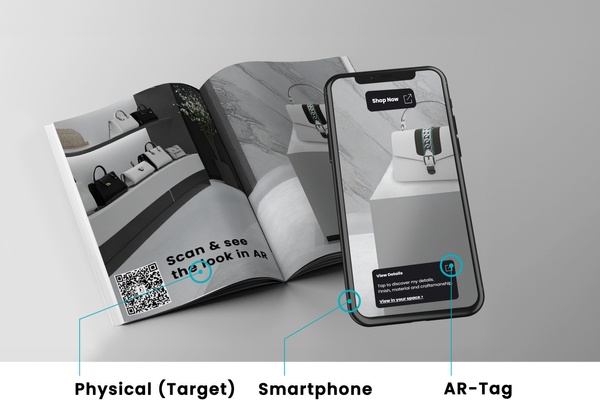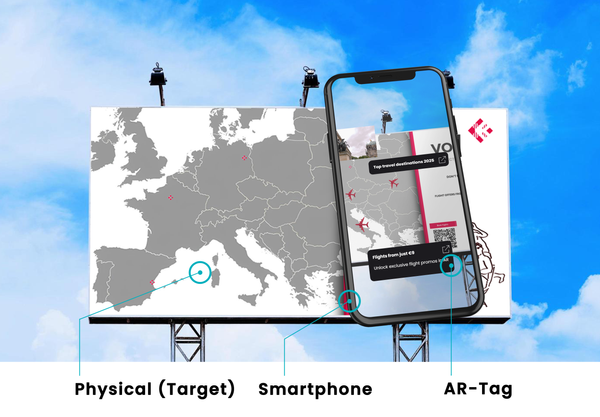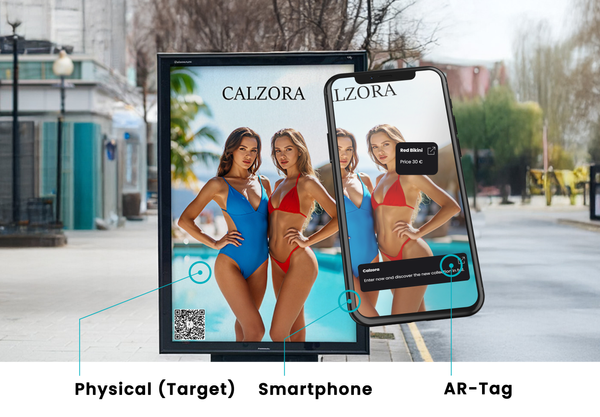The "Spatial" Advantages of Augmented Reality
The spatial advantage of Augmented Reality is the ability to transfer spatiality, or rather the dimensions of objects and the scene, to the user. We interview the architect Filippo Romano that shares his experience.

Our experience with Virtual Reality began about a decade ago when, in 2013, the newly established #OculusVR, following a successful Kickstarter campaign, introduced its innovative Oculus Rift Dk1 to the market.
It was a true technological revolution: an affordable device capable of immersing users in computer-generated worlds, providing an experience that was both immersive and engaging, thanks to seamless and total immersion in the scene.
Certainly, the resolution did not prevent distraction from the screen door effect, and the processing requirements of VR were tied to a workstation connected via cable, but this did not deter us from experimenting and trying to realize the benefits of this new medium.
The ability to experience a virtual scene in simulated presence immediately led us to explore different markets: entertainment, gaming, real estate, events/concerts, exhibitions, and the world of architecture and design.
Perhaps the timing was not ripe, or perhaps the constraint to a fixed computer limited usage, but it was an important learning experience that allowed us to cut our teeth.
Let's move on to the more recent 2017 when Apple released ARkit "a framework that allowed developers to produce augmented reality experiences for their app or game. Developers could start adding 2D or 3D elements using the front or rear camera of an iOS or iPadOS device": a new technological breakthrough full of possibilities. In other words, Augmented Reality began to function natively within Apple's operating systems (and shortly after on Android ones) and began to no longer be tied to a marker (a known geometric element) that had to be recognized by the device, but the smartphone and tablet acquired the ability to recognize planes (floors or tables, and then also walls) and place virtual elements on them.
Many steps have been taken in terms of the aesthetic quality of the 3D element from the first Virtual Reality headset to the latest Augmented Reality technologies, but one element that unites them is the ability to transfer spatiality, or rather the dimensions of objects and the scene, to the user. It provides the possibility of seeing virtual objects in their entirety and experiencing them freely, observing them from any desired point of view without being subject to the directorial choice of a static render or a photographic frame.
The spatial advantages of Augmented Reality enable a new approach in project presentation: immersive design. Today, Augmented Reality represents a great opportunity for the fields of architecture and design.
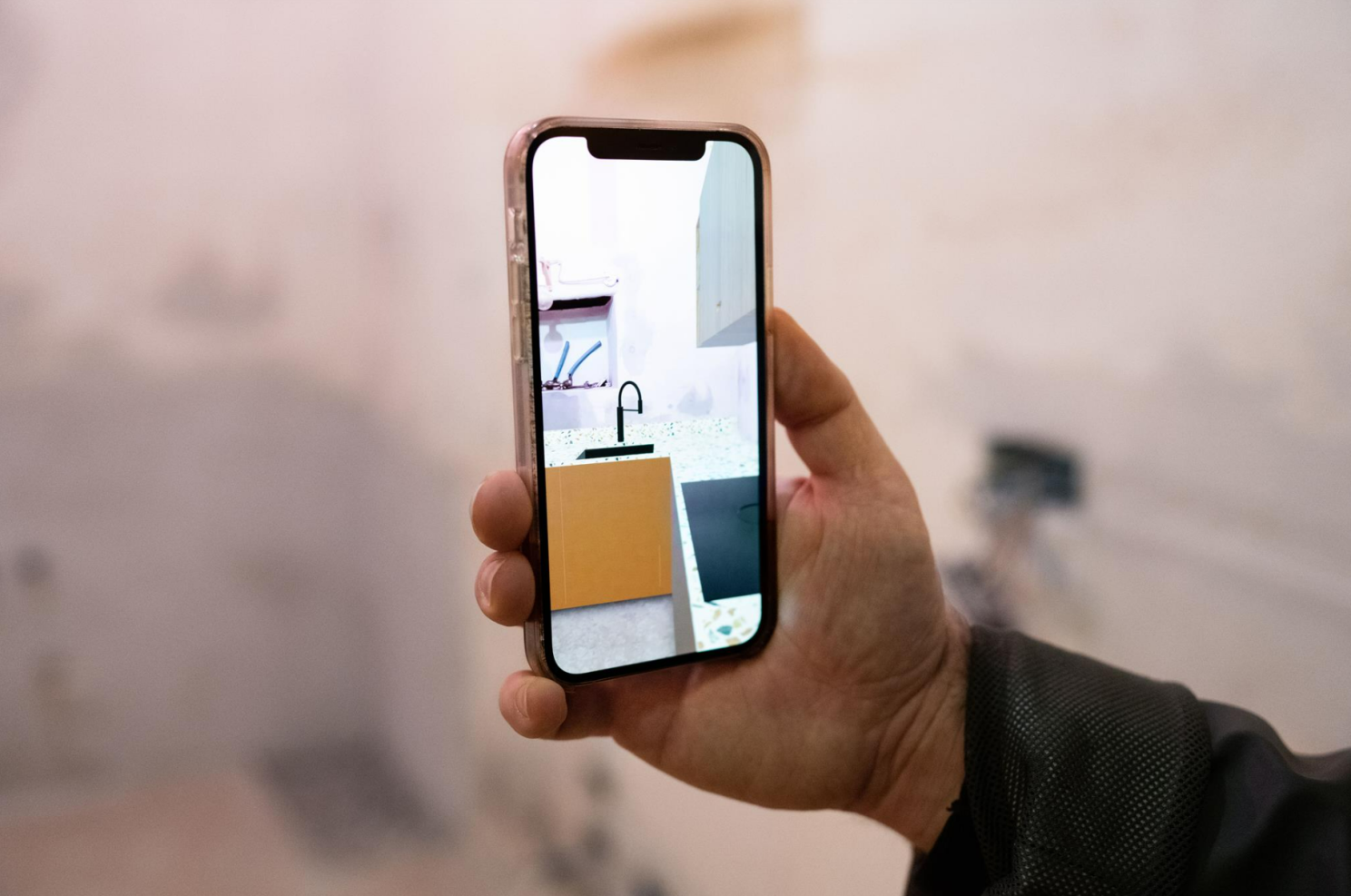
We interviewed Filippo Romano, from Studio Tinazzi Romano in Verona, whose activity focuses on the design of small objects and architectural artefacts on various scales, with the aim of measuring the space around the person.
Where does your interest in Augmented Reality come from?
"Augmented reality is the result of an approach that has long given us the opportunity to simplify the processes of our work. 3D models today perhaps represent the most immediate tool for studying and processing a project, as well as for giving our clients the chance to see what we imagine every day. Augmented reality is a further step that makes this possibility more realistic, acting directly on physical space."
Augmented Reality project for a kitchen renovation by Architect Tinazzi and My AR Studio
How do you think this technology can be useful in the field of architecture and design?
"The utility of Augmented Reality lies in the fact that the experience of three-dimensional objects or spaces can be easily enjoyed even by those who are not directly interested in this sector.
Furthermore, the biggest challenge for architects and designers is to convince their clients that what is shown to them in the 3D and 2D project will correspond to reality once realized. With Augmented Reality, this distance is decidedly reduced."
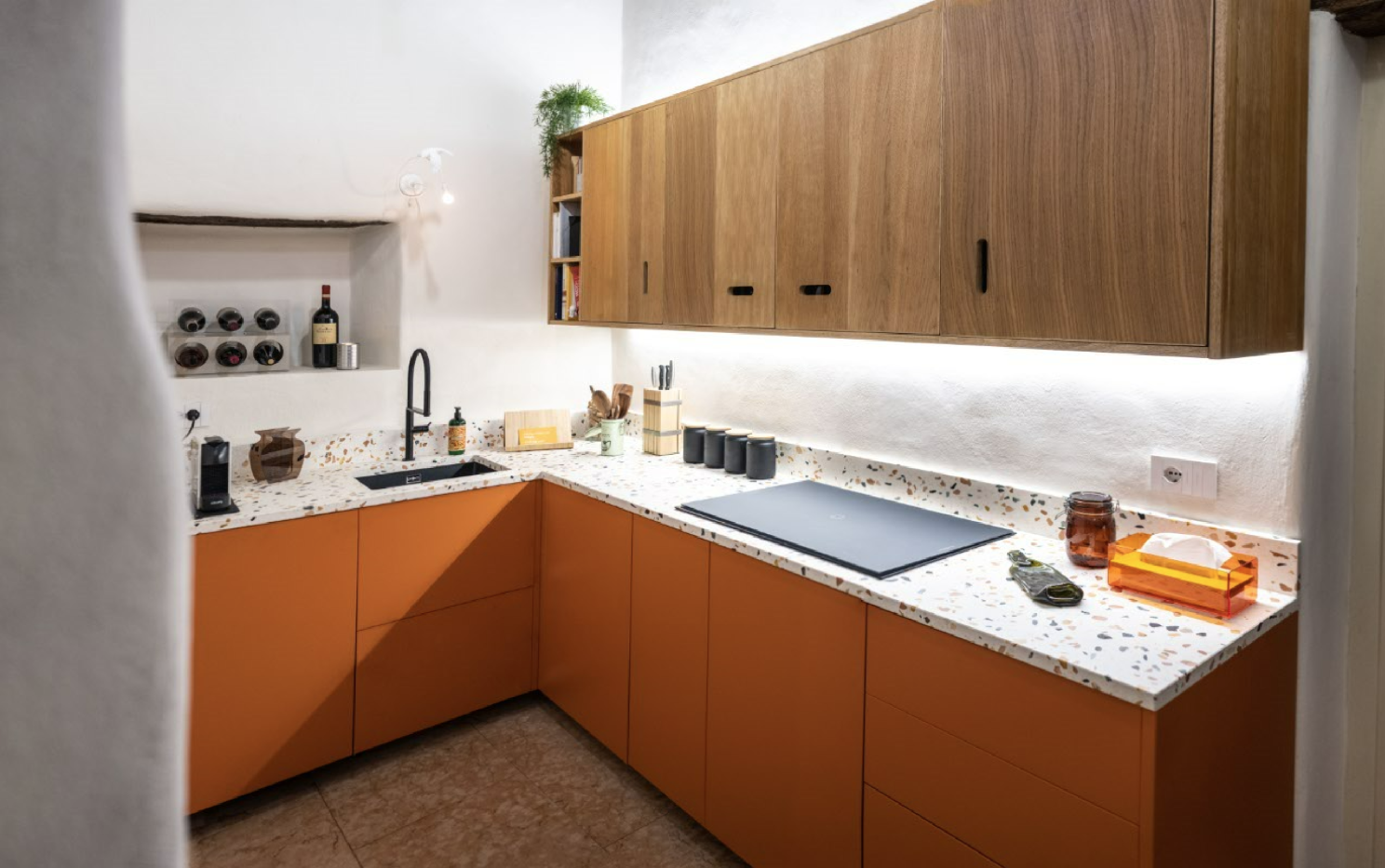
What are the advantages that My AR Studio has brought to your projects, for you and your clients?
"The greatest advantage is the ability to upload three-dimensional models built with software that we use daily to the cloud and share them immediately with clients or collaborators who can view them with a simple smartphone or tablet. With My AR Studio, we have managed to improve and enrich the experience of our clients: we can literally immerse them in the design of their living space, making it much easier to understand before starting work.
The result is more immediate communication and simplification of the feedback process – because this approach allows clients to have a much more realistic idea of the project details – and in many cases, even a reduction in design costs.
In essence, Augmented Reality helps to enhance our work and share it easily and immediately, to have greater control from the design phase to the construction phase, and to be competitive. My AR Studio has made this possible."
What is the latest project you have worked on using My AR Studio?
"The latest project is a domestic space for a young couple. It is a kitchen environment where the custom furniture is designed to resize and renew the usage modes of a space within a private residence."
Plans for the future?
"The intention is to increasingly work on projects that give us the opportunity to deal with spaces and objects that can have a relationship with people. In this sense, the use of technology simplifies this approach."
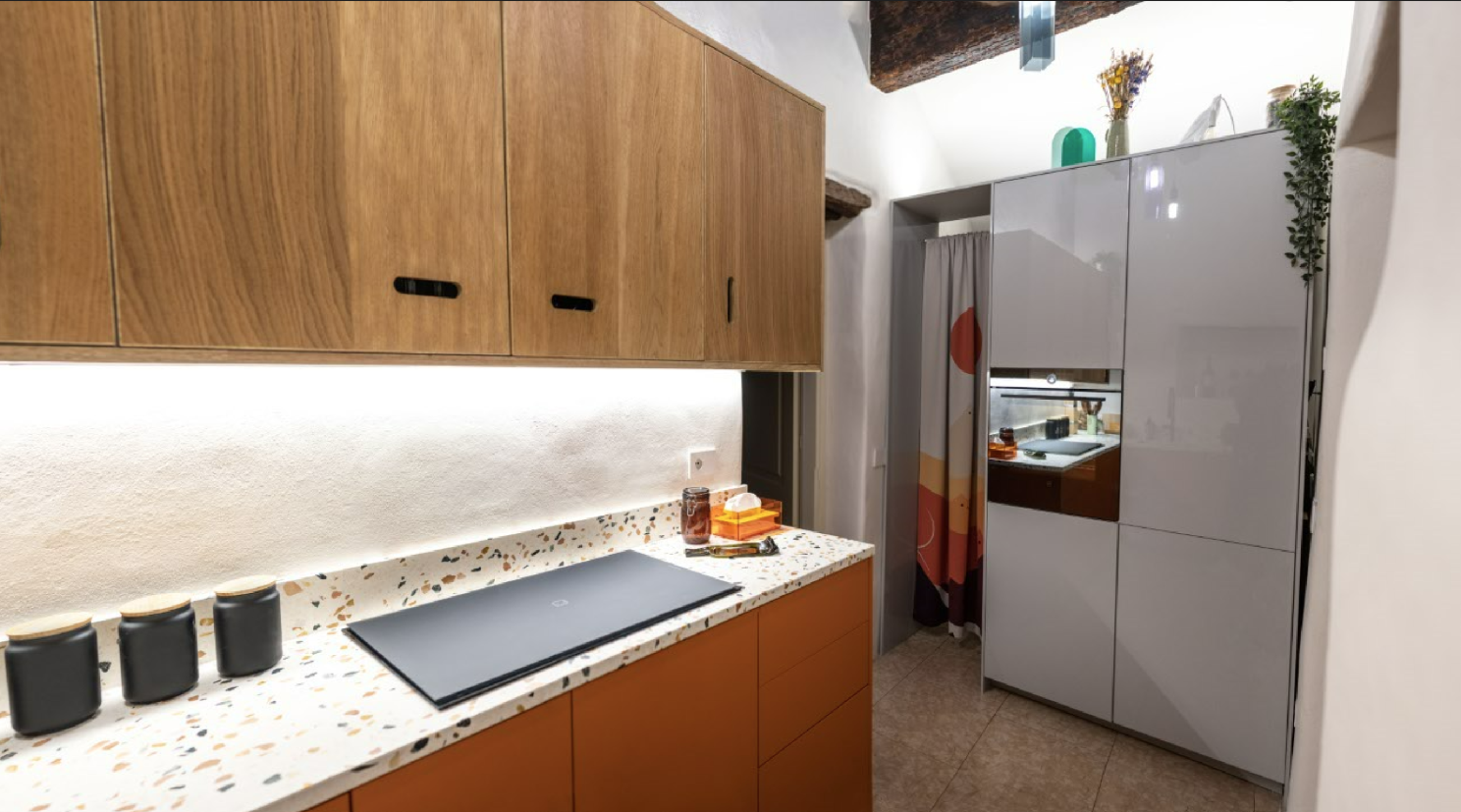
In conclusion, we add an essential element for the success in adopting these new technologies: ease of use.
There must be no technological barriers on both the end-user and designer/project manager sides that hinder enjoyment. This is the mission of My AR Studio: to allow you to convert your 3D model in a few clicks and share it with your clients, without even having to install an app!

